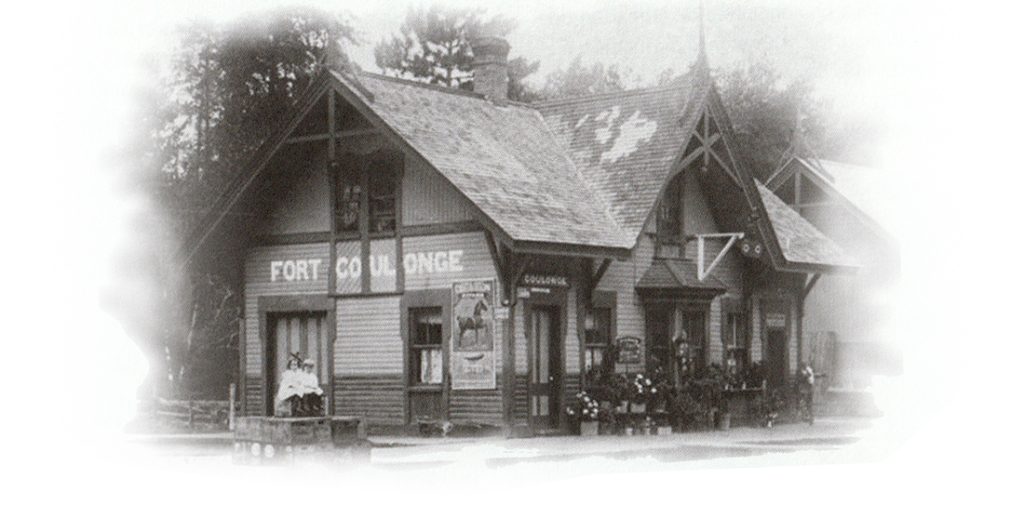Fort-Coulonge, nestled in the picturesque Outaouais region of Quebec, Canada, boasts a history steeped in both indigenous heritage and European exploration. The colony’s origins date back to the late 17th century, when Nicholas d’Ailleboust, Sieur de Coulonge, established one of the first settlements on the Ottawa River, near the mouth of the Coulonge River. This first trading post, aptly named Fort-Coulonge, served as a hub for the flourishing fur trade. Over the years, the fort changed hands, passing under the management of the North West Company in 1760, then becoming the property of the Hudson’s Bay Company in 1821. Until 1828, it was the main trading post along the Ottawa River, facilitating trade between European settlers and indigenous peoples.
Fort-Coulonge’s transformation from a trading post to a thriving village began in the mid-19th century. In 1843, George Bryson built the region’s first sawmill, marking a major shift towards industrialization and economic development. It was also at this time that the region’s first wooden chapel was built in 1873, to be replaced by a brick church in 1884 following a destructive fire. The arrival of the railroad in 1886 further stimulated growth and connectivity, cementing Fort-Coulonge’s status as a transportation hub.

On December 10, 1888, Fort-Coulonge was granted municipal status, with John Bryson as mayor. This marked a new chapter in the history of the town, which continued to evolve and prosper well into the 20th century and beyond. Today, Fort-Coulonge bears witness to its rich heritage, blending indigenous roots and European influence, and continues to captivate visitors with its scenic beauty, vibrant community and resilient spirit.
